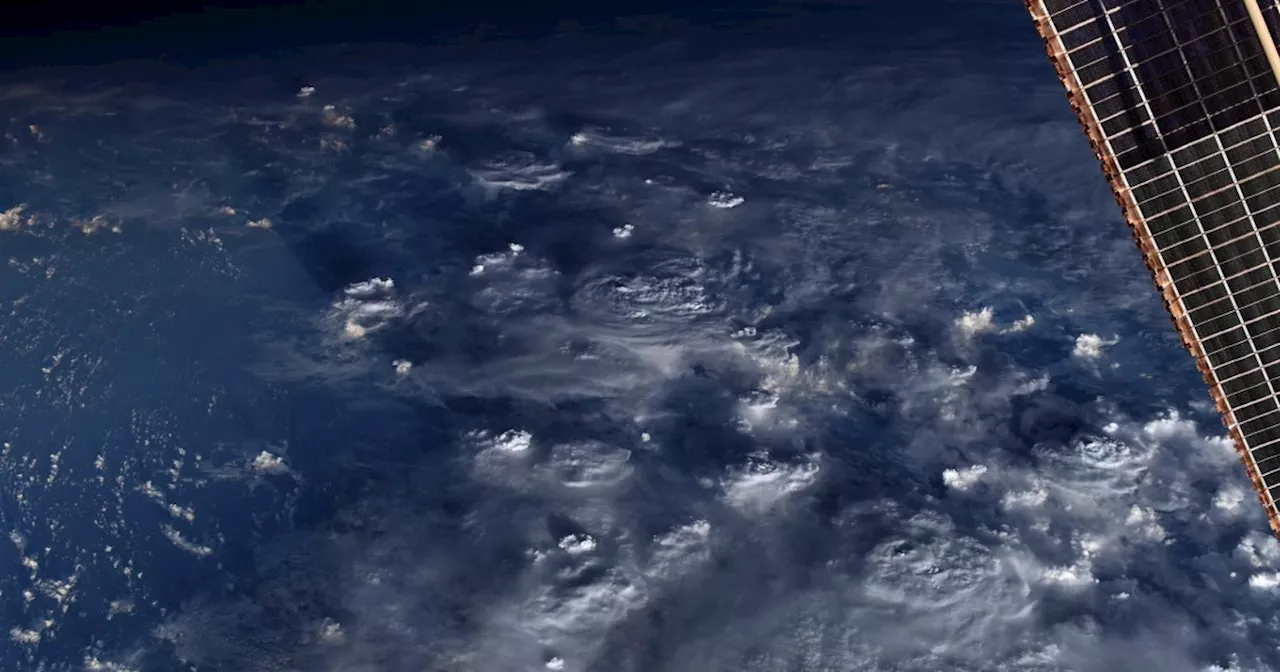NASA astronaut Don Pettit has posted another set of stunning shots, this time showing clouds as you’ve never seen them before.
Captured from the International Space Station some 250 miles above the surface of Earth, the clouds’ unique look is due to the the station’s alignment with our planet’s day/night shadow.
Please enable Javascript to view this content Living in the Twilight Zone. Our orbit on @Space_Station now is aligned with Earth’s day-night shadow thus we see neither full day nor full night. This is the best time to photograph clouds under low angle lighting. pic.twitter.
Don Pettit ISS NASA Space Station
United States Latest News, United States Headlines
Similar News:You can also read news stories similar to this one that we have collected from other news sources.
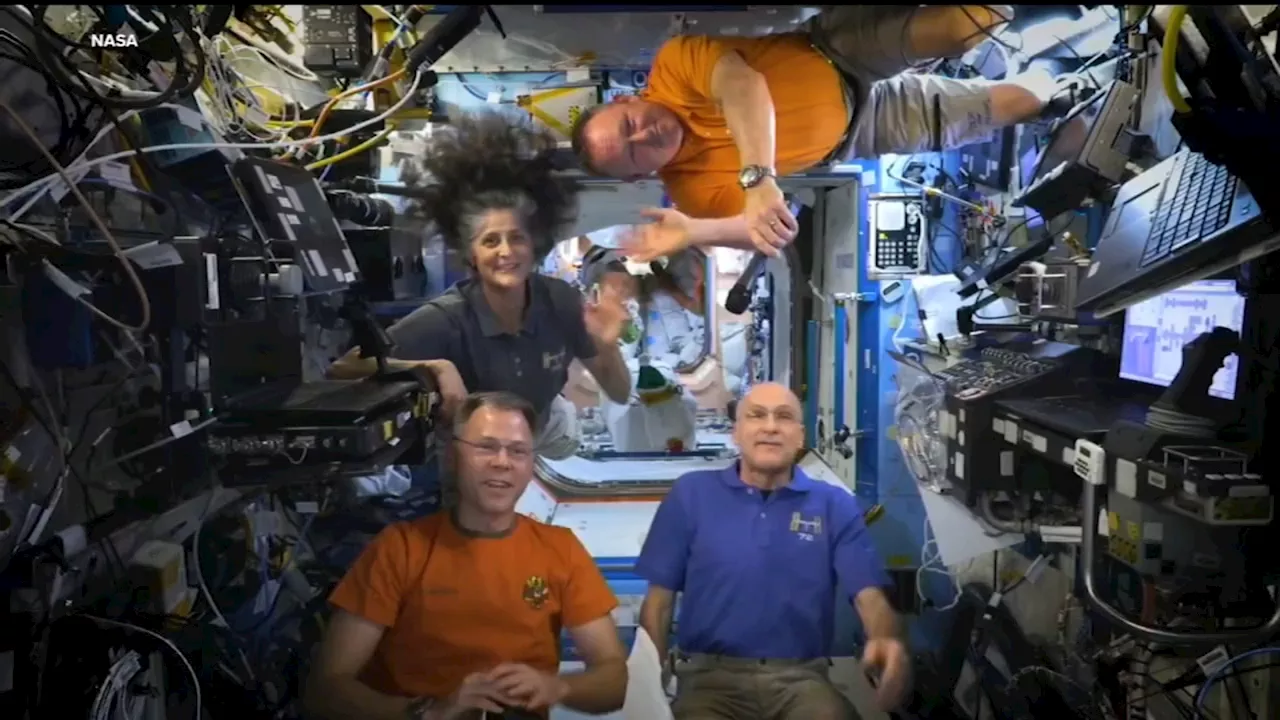 NASA astronauts share Thanksgiving message from ISS: 'We're thankful for zero gravity'Ever wonder what Thanksgiving dinner looks like in zero gravity?
NASA astronauts share Thanksgiving message from ISS: 'We're thankful for zero gravity'Ever wonder what Thanksgiving dinner looks like in zero gravity?
Read more »
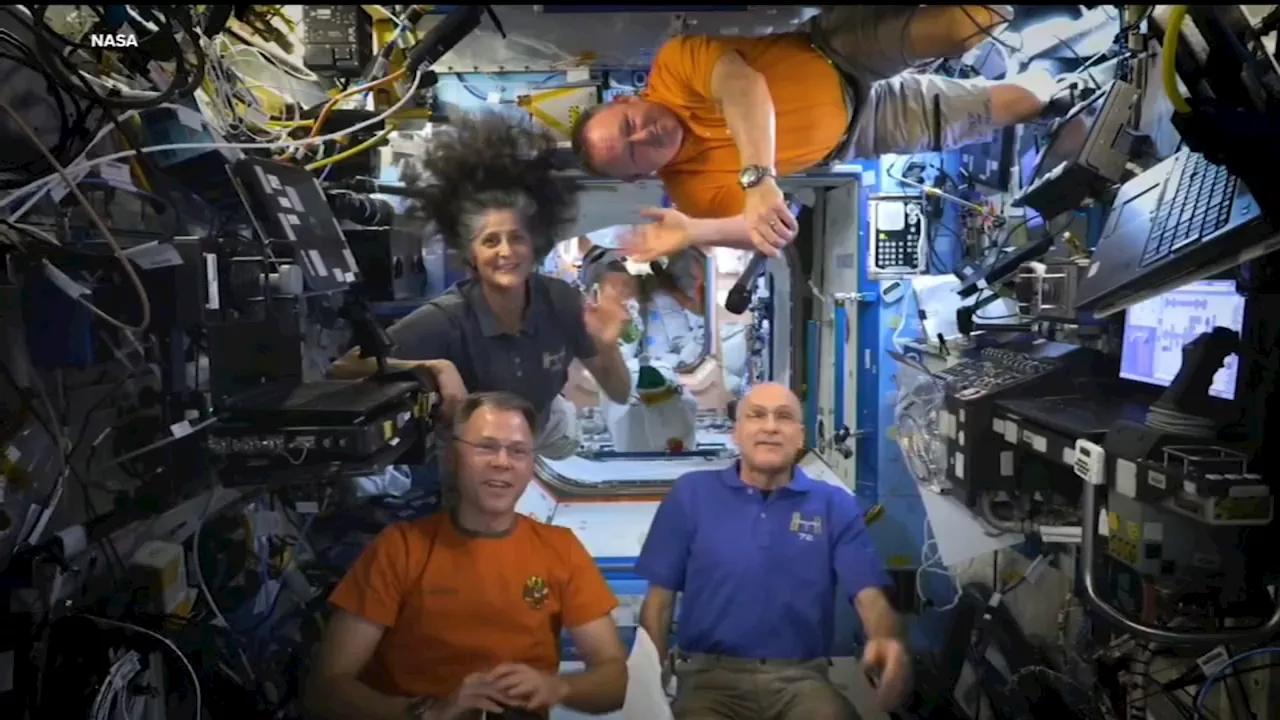 NASA astronauts share Thanksgiving message from ISS: 'We're thankful for zero gravity'Ever wonder what Thanksgiving dinner looks like in zero gravity?
NASA astronauts share Thanksgiving message from ISS: 'We're thankful for zero gravity'Ever wonder what Thanksgiving dinner looks like in zero gravity?
Read more »
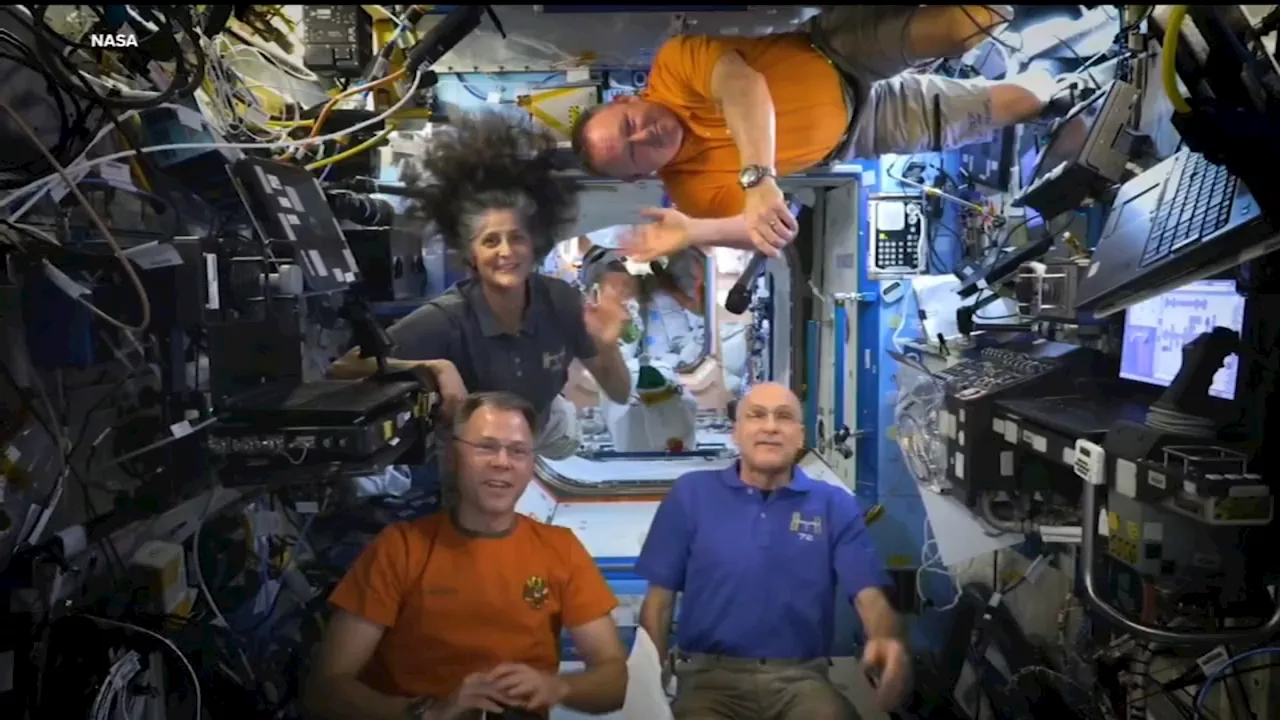 NASA astronauts share Thanksgiving message from ISS: 'We're thankful for zero gravity'Ever wonder what Thanksgiving dinner looks like in zero gravity?
NASA astronauts share Thanksgiving message from ISS: 'We're thankful for zero gravity'Ever wonder what Thanksgiving dinner looks like in zero gravity?
Read more »
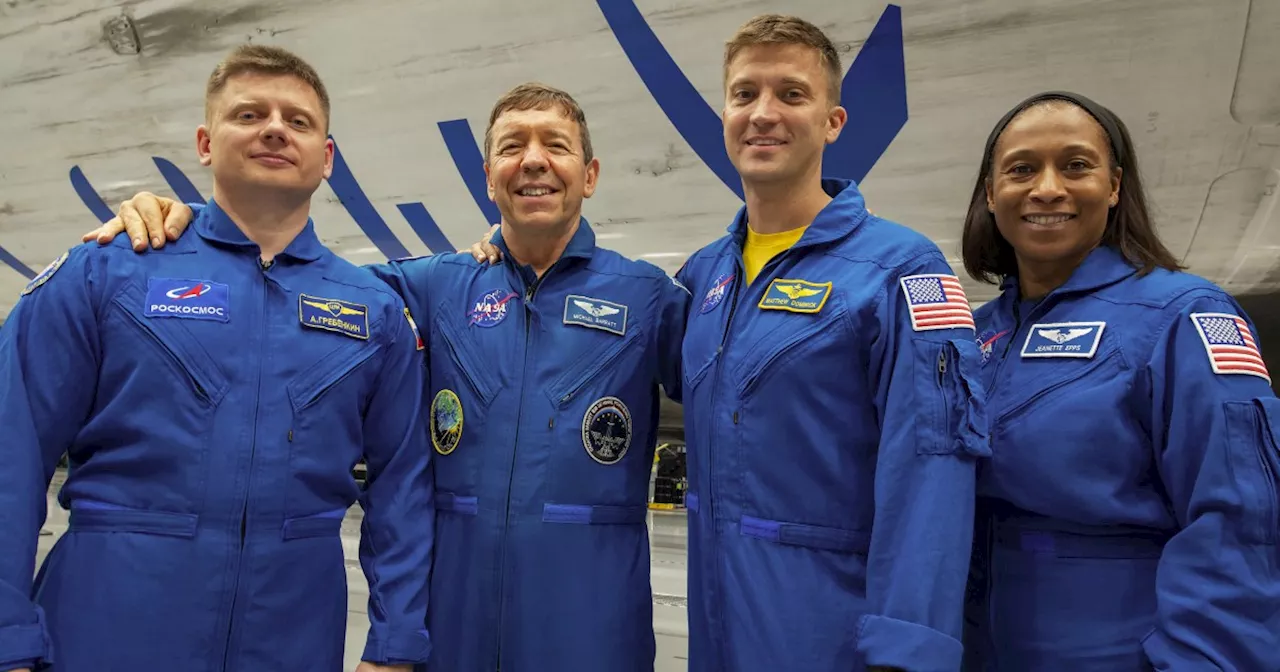 NASA astronauts keep quiet about medical issue returning from ISSThree NASA astronauts who recently returned from the International Space Station have declined to discuss a medical issue that occurred following landing.
NASA astronauts keep quiet about medical issue returning from ISSThree NASA astronauts who recently returned from the International Space Station have declined to discuss a medical issue that occurred following landing.
Read more »
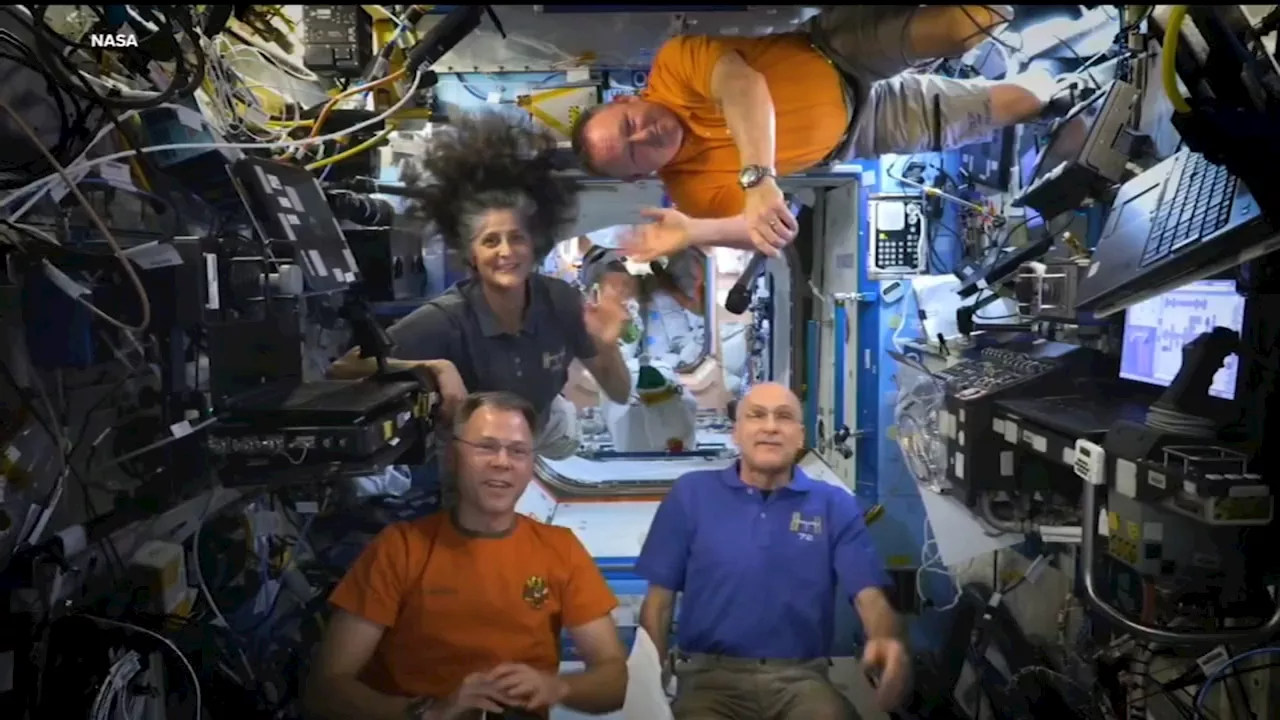 NASA astronauts share Thanksgiving message from ISS: 'We're thankful for zero gravity'Ever wonder what Thanksgiving dinner looks like in zero gravity?
NASA astronauts share Thanksgiving message from ISS: 'We're thankful for zero gravity'Ever wonder what Thanksgiving dinner looks like in zero gravity?
Read more »
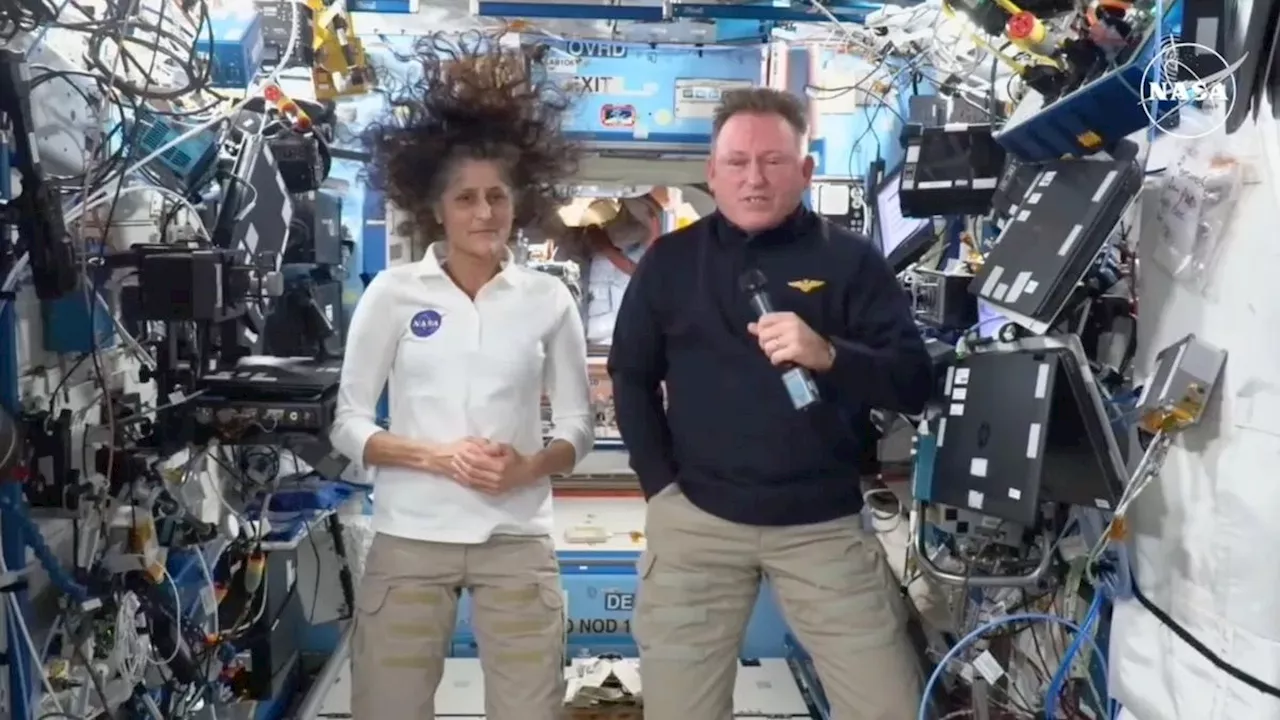 All astronauts still in good health on ISS, NASA flight surgeon says amid new tabloid rumorsMonisha Ravisetti is Space.com's Astronomy Editor. She covers black holes, star explosions, gravitational waves, exoplanet discoveries and other enigmas hidden across the fabric of space and time. Previously, she was a science writer at CNET, and before that, reported for The Academic Times.
All astronauts still in good health on ISS, NASA flight surgeon says amid new tabloid rumorsMonisha Ravisetti is Space.com's Astronomy Editor. She covers black holes, star explosions, gravitational waves, exoplanet discoveries and other enigmas hidden across the fabric of space and time. Previously, she was a science writer at CNET, and before that, reported for The Academic Times.
Read more »
